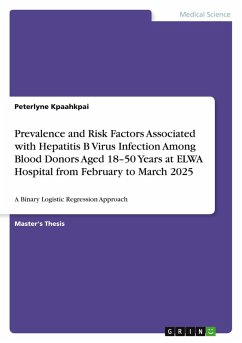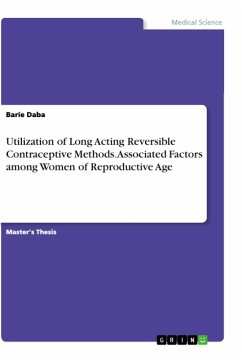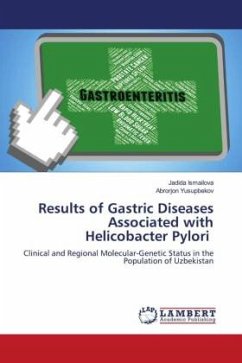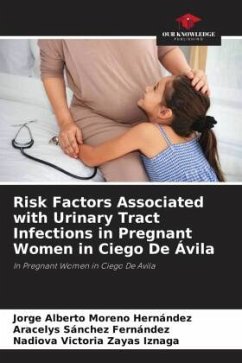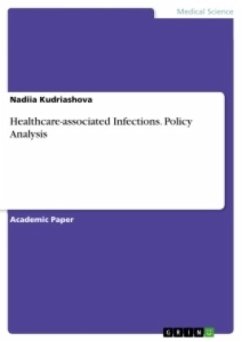
Healthcare-associated Infections. Policy Analysis

PAYBACK Punkte
0 °P sammeln!
Academic Paper from the year 2017 in the subject Health - Nursing Science - Miscellaneous, grade: -, Medical College of Georgia, language: English, abstract: Nosocomial infections, having arisen at the dawn of the first medical institutions, became an increasingly complex and urgent problem of medicine. In modern conditions, the incidence of nosocomial infections, to a certain extent, reflects the quality of medical care provided to the population and is one of the important components of economic damage in practical health care.According to research conducted by a single methodology under the...
Academic Paper from the year 2017 in the subject Health - Nursing Science - Miscellaneous, grade: -, Medical College of Georgia, language: English, abstract: Nosocomial infections, having arisen at the dawn of the first medical institutions, became an increasingly complex and urgent problem of medicine. In modern conditions, the incidence of nosocomial infections, to a certain extent, reflects the quality of medical care provided to the population and is one of the important components of economic damage in practical health care.According to research conducted by a single methodology under the auspices of WHO in fourteen countries, an average 8% of hospitalized patients infections are infected with with nosocomial infections. In the European region, the incidence of nosocomial infections is more than 7%, in the United States - about 5%; mortality is 2.7% (El-Saed, Balkhy, & Weber, 2013). The most common variants of nosocomial infections include nosocomial pneumonia, urinary tractinfections, catheter-associated infections, and pseudomembranous colitis, or antibiotic-associated diarrhea. It should be understood that the localization of nosocomial infection depends on both the etiology of the pathogen and the source of nosocomial infections. Approximately 1 in 10 cases ends in death (Boev & Kiss, 2016). However, at least half of the infections are preventable. Policies and programs to combat nosocomial infections are aimed at this prevention.







